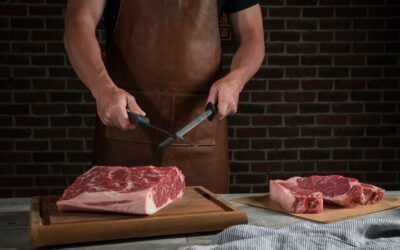
Driving Demand: International
Need for quality and volatility the only constants
By: Abbie Burnett
Selling U.S. beef to buyers in other countries means carefully maintained contacts and planning to avoid sea squalls. Adding COVID to that scene creates a perfect storm that can wreck the best plans.
For those skilled in navigating the waters, however, it’s just another day on the boat.
“We can’t control the wind, but we can control the sail,” says Gebran Charbine, Certified Angus Beef® (CAB®) vice president of international and multicultural brand marketing.
Retail and foodservice lead brand sales, but international is the vital third leg in marketing. After a promising start to the fiscal year ended in September, sales in the last half fell steeply to land annual international sales down more than 22%. As the outlook brightened, December 2020 sales outside of the U.S. recovered to 14.7 million pounds (lb.), just 1 million short of December 2018—the strongest in the history of the brand—and a sign of hope on the horizon.
Effects varied by COVID impact and dependence on tourism. Taiwan, hardly impacted by the pandemic, had a 25.8% increase in CAB sales tonnage for the first part of the fiscal year, thanks in large part to retail demand there, too. But the Caribbean markets were hard hit and are off by that same 25.8%.
For the first quarter of fiscal 2021, international sales were down just 7.2%.
Cody Jones, vice president of international, says the market is like the sun peeking out from behind those clouds.
“There are many areas still struggling, but we’re seeing improvement in both sales and optimism as we head towards summer,” he says.
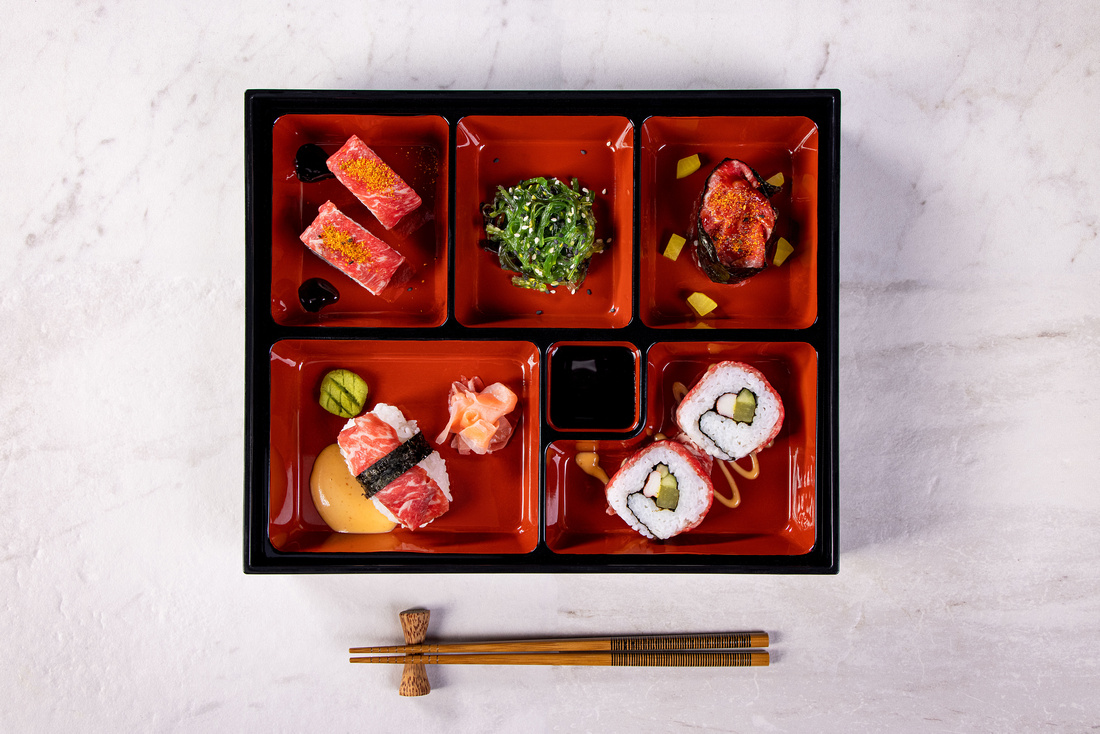
Anchors down
Imagine counting on someone you never met, thousands of miles away, to supply your food every day.
That’s the picture Geof Bednar paints for building trust across borders. The brand’s director of business development—and former director of international going back to the days after bovine spongiform encephalopathy (BSE) crashed world trade in 2003—says it’s the main reason CAB made it back into those countries.
“Consumers were willing to give us another shot,” Bednar says.
Challenges then forced the brand to explore new markets and diversify offerings, moving even more beyond middle meats to the chuck and round.
“You reduce the risk by having more partners worldwide and spreading the value of the carcass among them,” Bednar explains.
Earning business is one thing, but keeping it is another. That takes communication to build a deep relationship with mutual trust, and a little luck. Even if the CAB team performs flawlessly, factors beyond their control may close the market to some country for a time. When they reopen, success depends on those previous relationships.
The rollercoaster of 2020 reinforced for Jones the importance of partners who understand the brand.
“They’re telling us, ‘Yeah, we’re not downgrading at all. We think this is our chance to shine above the competition,’” he says.
That loyalty spreads from importers to their customers and consumers. It’s why Charbine aims to meet partners on their terms and their turf when possible.
“We want to build bigger tables,” he says. “It doesn’t matter what language you speak, what you think, who you worship, or what you do. We want to be there for you, period.”
It’s a tall order for a brand that spans 52 countries and 10 languages with just four international marketing managers. Yet they take it on every day, storms and all.
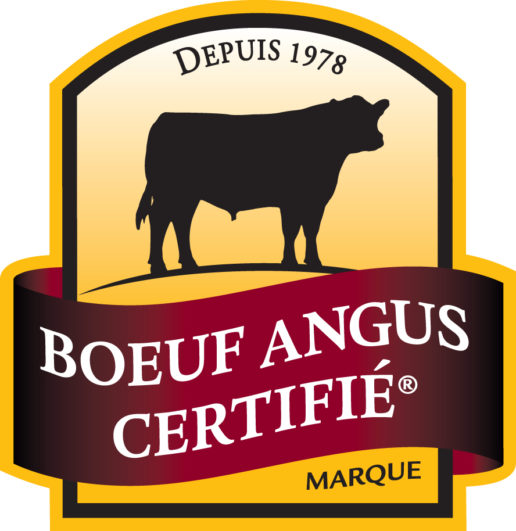
The Certified Angus Beef French Canadian logo.
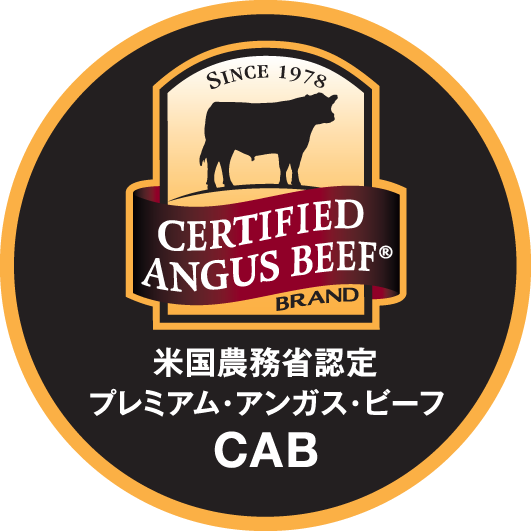
The Certified Angus Beef Japanese logo.
At the mercy
International presents the most growth opportunity of any CAB sales division, despite the volatility that comes with a million variables.
“We can see those things improve vastly or come apart in an instant,” Jones says.
Trade tops the list.
Free trade agreements like those spanning North America or the Dominican Republic and some of Central America offer tremendous opportunities. There’s no tax on beef going into the Dominican Republic, so it’s a top 10 country for CAB and a critical destination for U.S. beef in general.
Conversely, at the end of January, CAB and U.S. beef were cut out of Ecuador because of new government requirements.
“We push as hard as we can, but we can only do so much with unfavorable government policies,” Jones says. “There’s never a dull moment.”
Trade agreements also provide domestic safeguards.
The U.S.-Japan trade agreement gives U.S. beef a favorable tariff relative to Australia, up to an annual cap. At that point, the rate jumps from 25.8% tariff up to 38.5% in a penalty month, a disincentive to more U.S. imports that protects Japan’s beef industry.
“We have a lot of markets we can steadily sell beef to year in and year out,” Jones says. “Our top 10 countries typically stay our top 10 countries, but even within them, the trade agreements can change from year to year.”
CAB is also at the mercy of a country’s dollar valuation. A stronger U.S. dollar, makes beef more expensive for customers, and a weaker dollar typically adds up to more sales.
Sometimes the conditions just flat don’t work. Then the strategy is to wait for better circumstances and help partners innovate with new cuts and value-added products.
Navigable waters
Some obstacles can’t be avoided, but with a little navigation, many can. Each country is profoundly different.
The new U.S.-China Phase 1 Agreement offers immense opportunity for U.S. beef packers and exporters, but it takes learning how the Chinese buy, sell, store and trade beef.
In South America, a short-distance delivery could come in an unrefridgerated box, mounted on a scooter.
“CAB saved Atlantic”
Atlantic Foodservice had a booming business, until they didn’t.
When COVID hit the South American country of Colombia in March 2020, the distributor was selling to retailers and restaurants as a center-of-the-plate specialist, but not direct to consumer. The following month, their CAB sales fell to just 5% of April 2019.
In 11 days, Atlantic built an online store to sell directly to consumers.
Efraín Ramírez, Atlantic’s CAB brand specialist, remembers a lot of sleepless nights. The website required brand awareness, so despite lack of formal training, Ramírez became an online self-styled meat coach known as “Señor Beefra,” or @Sr.Beefra.
Colombians are used to heavily-seasoned Bos Indicus-influenced beef, but thousands of visitors to Instagram, Facebook, Snapchat and TikTok logged in to watch live videos on seasoning, handling and cooking techniques for the premium quality Northern brand.
After each video, Atlantic’s sales for that product would spike, Ramírez says, noting his company became synonymous with Certified Angus Beef in the process.
His job performance is measured on repurchasing behavior. It’s easy, “because the product is so consistent, it always works,” he explains. “It’s always flavorful. It’s always tender. It’s always juicy and our customers notice that.”
By June, Atlantic’s sales improved enough to hold its position and keep more than 350 employees on the job.
“Certified Angus Beef saved Atlantic,” Ramírez says. “Without CAB, I think this company might not be alive right now.”

CAB Spanish website
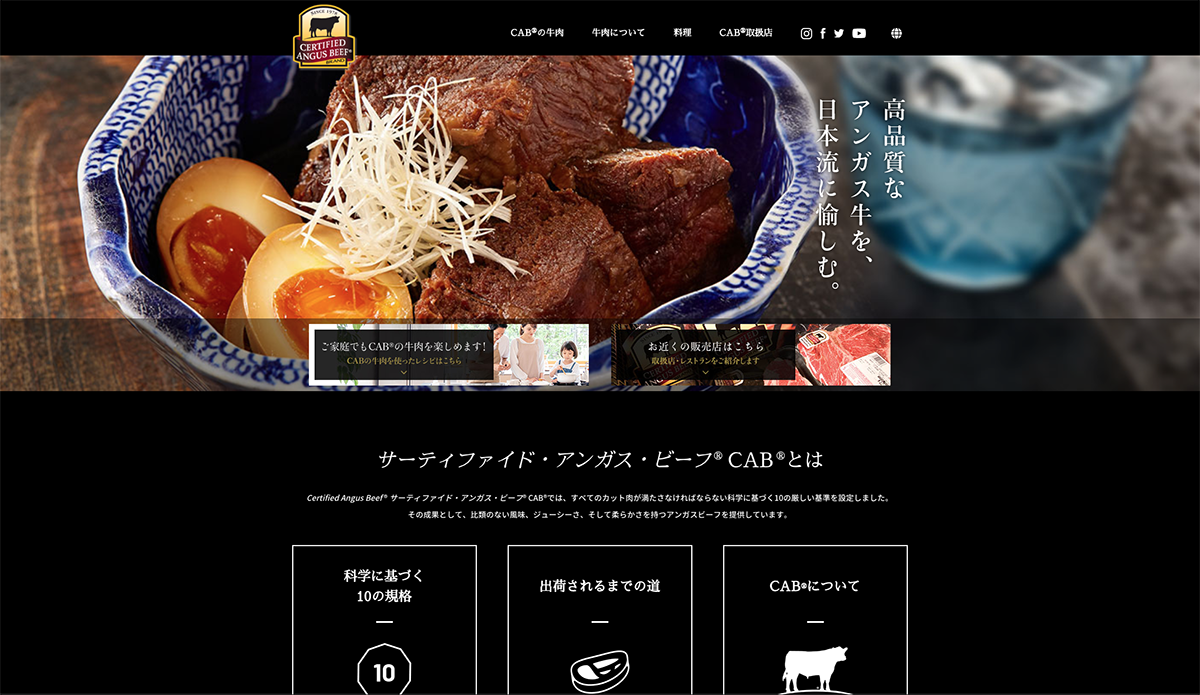
CAB Japanese website
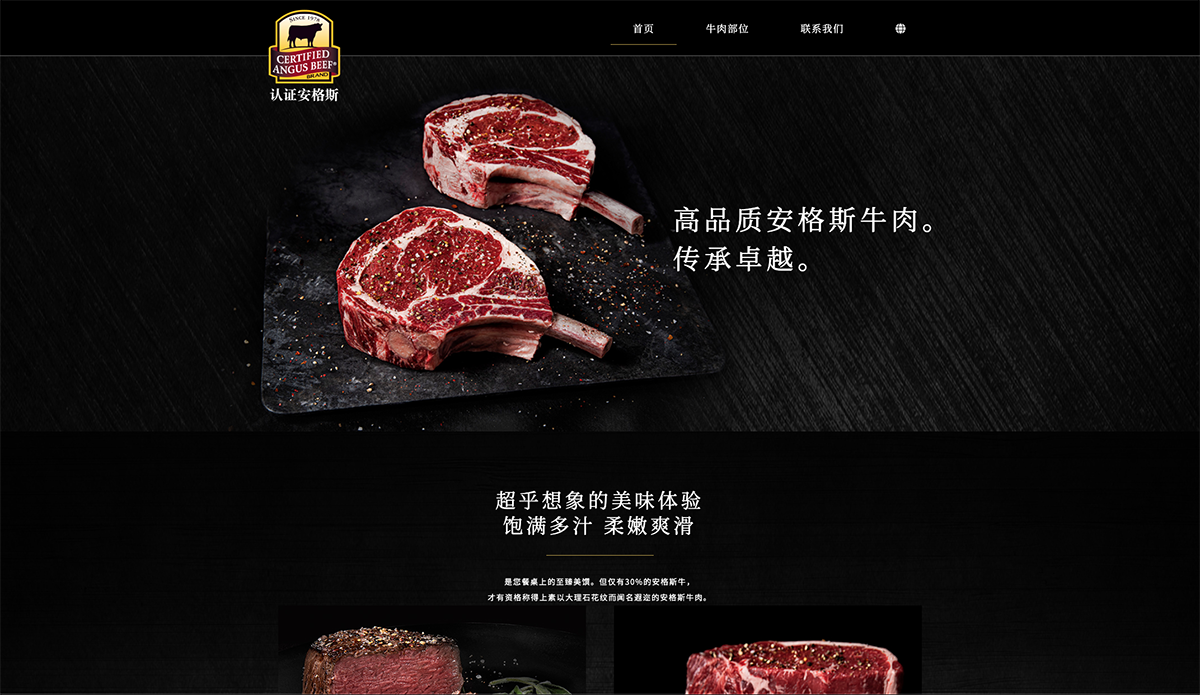
CAB Chinese website
It can take up to two months to get frozen beef product to the Middle East.
There are few cut shops internationally, which creates logistical challenges. Each new market means new partners, with different circumstances.
“The opportunities are endless in terms of demand, but maybe it isn’t being met today because someone just hasn’t thought about how to deliver the product to the customer,” Jones says, noting it’s a balance. “We may not be ready in a country yet because we’re waiting on improvements of their food safety processes, refrigeration or cold storage.”
Timing is imperative. In the U.S., retail and foodservice plan months in advance for holidays and ad placements, but international requires even more time. It’s still expensive to ship large amounts of beef, but exporters are consolidating other proteins and groceries to increase efficiency. Such flexibility will grow as shipping technology evolves.
On the horizon
International demand is driven by CAB’s reputation.
Jones asks each new potential customer why they call and he says the answer is inevitable: “Well, you guys are the best. It’s the quality. I need the best quality product to stand out from the rest of the competition because people recognize the brand.”
Whether it’s Latin America, the Middle East, Asia or the Caribbean, the message is the same and it is growing.
Four of CAB’s top 10 countries are in Asia. By 2030, 40% of the world’s GDP is expected to be represented by that region, thanks to a surging middle class.
CAB makes up a quarter of all U.S. beef headed into the Middle East, and at times the brand has been more than half of U.S. beef’s marketshare in Kuwait.
Still, brand integrity is top priority.
“We’re not going to enter countries just to enter countries,” Jones says. “But we’ll go anywhere if we can get with the right partner who is going to get behind the quality of the brand and who can really be our representative in a marketplace.”
Jones says the greatest short-term challenge is getting to the key retail managers and restaurateurs. With a greater audience and the onset of COVID, video conferences and virtual education for partners is vital..
“Whatever the method, pre- or post-COVID, our job is to help our partners promote the brand, drive demand toward the logo and seek any opportunities we can,” Jones says.

Building bigger boats
International begins domestically, Charbine says.
In America, growing ethnic and cultural diversity has changed CAB marketing and has also lent insight into how the product is marketed around the world.
“We do a great job talking to the 57% U.S. majority, and by all means let’s not stop,” he says. “But how do we target the 43%? How can multicultural audiences connect and feel like this brand is for them?”
It starts from scratch but requires several methods. Some that work domestically don’t translate internationally. It’s a constant process of transcreation, or adaptation while maintaining intent, style, tone and context.
CAB launched websites in Spanish and Japanese, and a Chinese version is on the way. Brand logos have been adapted for Japanese, Chinese and French-Canadian consumers.
Most recently, the team conducted Instagram “Live” programs with international partners and brand ambassadors, and there’s also a CAB Spanish Instagram channel in the works.
Charbine says each export market has different needs. Selling in Canada means highlighting sustainability messages. While the American rancher resonates with consumers in Japan, other Asian and Middle Eastern markets first emphasize specifications and brand quality. Smaller kitchens and even different utentils provide unique needs.
“It’s a different approach country by country,” Charbine explains. “As we enter and develop new markets, we’re going to learn more, seek out and ask more. At the end of the day, aren’t we all together at the same table?”
It’s a shared experience cattlemen help build, one high-quality carcass at a time.
“Anything that the producer does,” he says, “affects not just people in the United States or Canada, but on a global scale.”
This story originally ran in the April 2021 Angus Journal.
You May Also Like…
Gardiners Highlight Service, Strength at Foodservice Leaders Summit
Mark Gardiner and his son, Cole, of Gardiner Angus Ranch offered a boots-on-the-ground perspective for CAB specialists attending the annual event, designed to deliver resources that help train foodservice teams and serve consumers at a higher level.
Colvin Scholarships for Food and Agriculture Students
Investing in the future of the beef industry, Certified Angus Beef will award $100,000 to college students passionate about food and agriculture from the Colvin Scholarship Fund. Applications are across three categories and open through April 14.
Thriving with Shrinking Supply
Even as the nation’s cow herd contracts, “more pounds” and “higher quality” have been common themes. Specific to commercial cattlemen: It still pays to focus on carcass merit, in addition to other economically relevant traits.



